Persistence Is Key
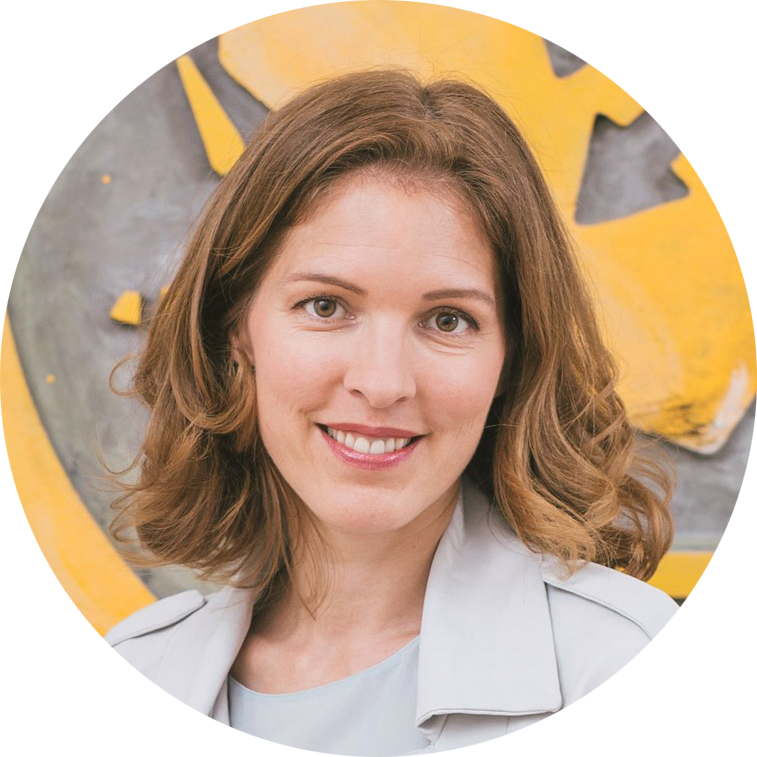
If you want to create a significant change, make a difference or design something new for the world: Work hard. Inspiration is great, but what follows is effort and consistency. It doesn’t necessarily have to be as painful as we imagine it sometimes. And we shouldn’t feel guilty when something great comes naturally and effortless to us. But most of the time, we need to stick at it with determination.
To be successful at this, follow the advice below.
1. Do Something!
Be it the blank white page for a writer with a bestseller in mind or the initial stepping up to give a speech, doing and especially creating something new is scary – and the challenge often seems too big. Because our inner saboteurs are trying to convince us that we are not good enough and will fail, we tend to avoid failure by procrastinating. And this process is pure poison for our creative innovation flow.
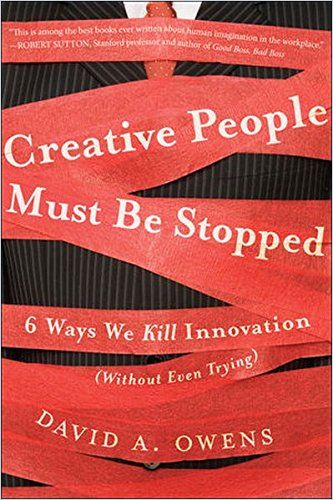
But there is an antidote:
Always ask yourself which next baby step might bring you closer to your goal. Make it specific and personal!
Anja Wyden Guelpa
Your next small step can be doing your research on the web or having coffee with an expert in your field. The importance is to take a step towards your creative confidence every day and every week. Tell yourself that it is OK to invest time in your creativity. We are all naturally creative creatures, and holding that vital part of us back is not natural. Dare to express yourself. Do it every day!
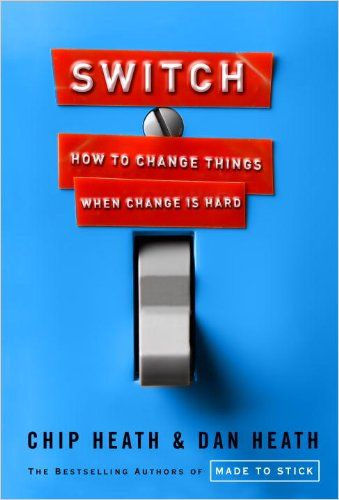
2. Journaling
Write down what you want to achieve and what you have already achieved. A daily writing moment can help you clear your head, stay focused on your goals and unearth an incredible amount of ideas. Here, again, persistency is critical.
Many of us have started journals when we were young, which was nice. But most of the time, the passion for writing did not last longer than the summer flowers we brought home.
Anja Wyden Guelpa
The best way to upgrade journaling to a daily habit is to do it in the morning, after your tea or coffee, but before checking your emails or other news. It is easiest if journaling is connected to an existing daily habit.
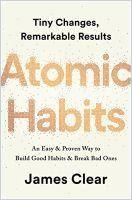
Take at least 15 minutes (30 or 45 is even better) and write down whatever comes into your head: your dreams, your private yearnings and your fears.
Yes, it takes time. There were moments where it took me more than an hour in the morning, very early in the morning, while everyone was still asleep. It’s a significant investment, but it’s worth it. In the beginning, I ended up with not only one hour less sleep, but also my to-do list exploded every dawn, as during this writing time so many new ideas popped up – new projects, actions and better ways to realize the ongoing projects. On the plus side, this type of to-do list is the only one I remember I’ve found myself looking forward to working through.
3. Keep Calm and Carry On
It’s not always easy to be the calm, clear-headed, laser-focused and open person 24/7. Far from that, leaders (and organizations) do not always encourage “out of the box” thinking.
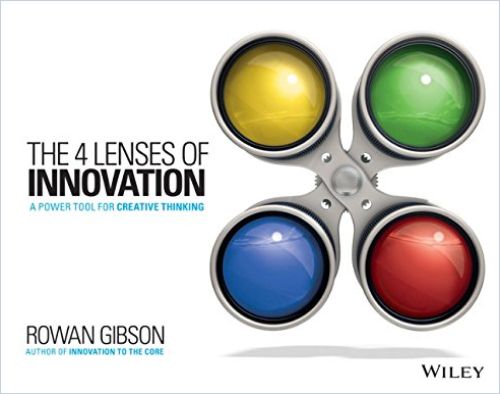
It is not that they don’t want to. As managers, they are trained to solve problems as fast as possible. That means they have to eliminate possibilities as soon as possible to get to their one solution quickly. The often-negative attitude of managers is understandable: If you have too much on your plate and you know that you only have four hours sleep left, but one of your employees comes to you with a strange but potentially promising idea far from the standard path of the company, you might not be in the best headspace to give that idea a chance, given all the space and attention it requires.
This “manager survivor mode” is the complete opposite of the mind-set you need for the ideation process, which is key to innovation and produces as many ideas as possible, before the prototype and test phase whittle down these ideas to the best ones.
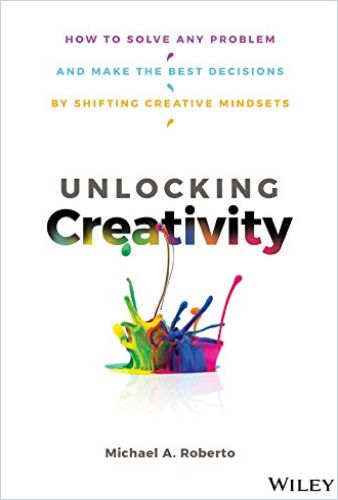
Finally, always keep this in mind when you try to improve your persistence:
Change is the natural state of things. We don’t have all the same external conditions, but we are all creative, whole and resourceful.
Anja Wyden Guelpa
No matter how injured our inner and creative child has been, no matter how old we are – we can recover. If we choose to create a support system for healing and resilience, we must take time to gain inspiration from nature, art and movement.
After these incursions into our very own creativity, in my next columns in 2021, I’ll focus on innovation and creativity on a corporate level and deal with the topics of trust, design thinking and the kind of leadership we urgently need.
I wish you all a safe and happy new year 2021!








